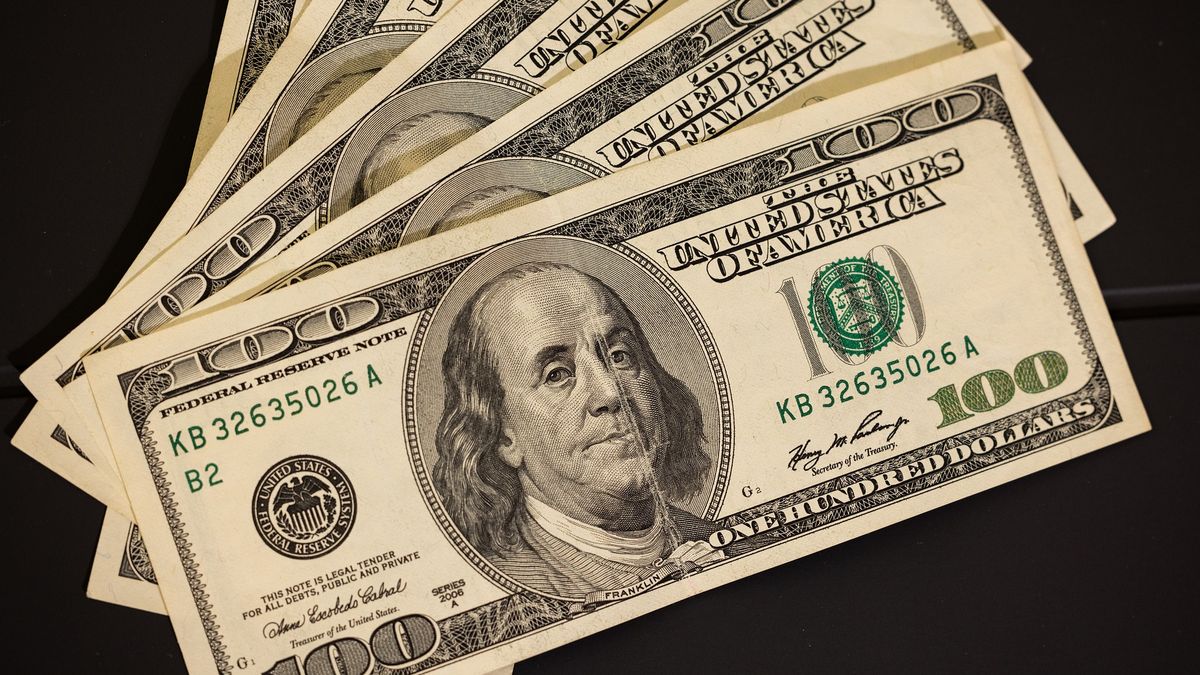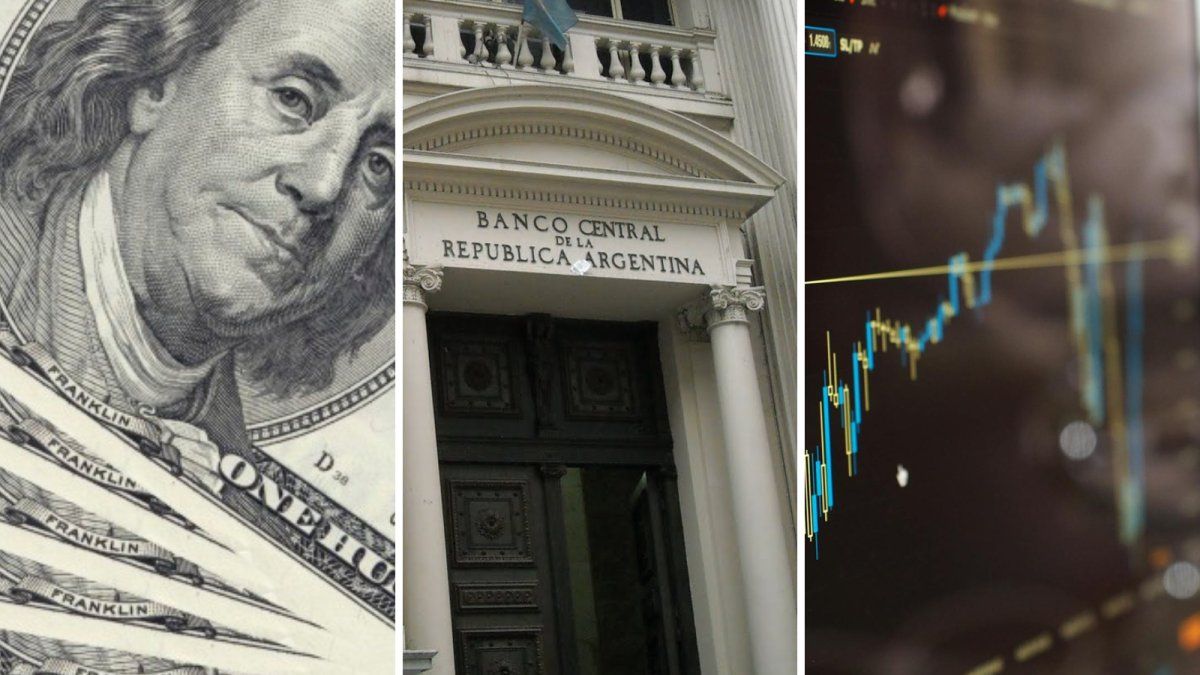Thus, the CCL dollar -operated with the GD30 bond- yields 0.2% to $212.42, its lowest value in more than three weeks, with which the spread with the official wholesale exchange rate is reduced to 100.4%. This price accumulates a fall of more than $20 since the day the understanding between the Government and the IMF was known (January 28).
On the other hand the MEP dollar or stock market rebounds 0.3% to $205.53, which marks a gap with the official 93.9%.
The market remains cautious about doubts generated by the political wing of the country in the face of Congress’s endorsement of the Government’s pre-agreement with the IMF, despite the effort of the administration of President Alberto Fernández to show the aligned issues.
The presidential spokeswoman, Gabriela Cerruti, said this Thursday that Both Russia and China “proposed to the president (Fernández on his recent tour) the approval of those countries for the way in which progress had been made in the understanding agreement with the IMF.”
In his usual weekly press conference, he indicated that “We have a debt with the IMF, where the United States has a privileged position, and this means a very strong dependency for Argentina, which seeks not to have that dependency and that is why that multilateral policy is carried out,” while being optimistic with the support of legislators.
The IMF itself later stated that an agreement is being sought with Argentina “as soon as possible”, but with no set deadline. Nor is there a date for a mission of the agency to travel to Buenos Aires.
Argentina must pay some 2.9 billion dollars to the IMF in March, when the central bank’s net reserves are at zero or negative, according to analysts, which would force Congress to deal with what was agreed by Fernández before that date.
The Fitch agency maintained that external financing is key to Argentina’s rating under an agreement with the IMF, although he does not believe that sealing the agreement would lead by itself to an improvement for the country.
official dollar
In the official square, meanwhile, the savings dollar or solidarity dollar -retail plus tax- amounts to three cents at $184.04 on average, given that ehe retail dollar increases two cents, to $111.54 -without taxes-, according to the average in the main banks of the financial system. In turn, the retail value of the currency at Banco Nación it is listed unchanged at $111.
I followed all the dollar quotes in scope.com.
In the wholesale segment, the dollar, directly regulated by the BCRA, advance 10 cents to $105.99. Consequently, the ticket is already increasing at its highest monthly rate of increase since January 2021.
“Beyond the feints, it is anticipated that it will be necessary to extend an acceleration of the wholesale dollar in the convergence towards inflation, as well as new rate hikes in order to offer positive real returns,” commented an economist.
The Central Bank added another US$2 million on Wednesday through its intervention in the foreign exchange market, for which it chained its sixth consecutive round without selling foreign currency on a net basis.
Dolar blue
After two consecutive rises, the blue dollar returns to the downward path and yields $1 to the $216, according to a survey of Ámbito in the Black Market of Currencies.
In this way, the price of the parallel dollar remains the most expensive exchange rate in the market, by beating the CCL for the first time in three weeks on Wednesday.
Likewise, the gap between the blue and the wholesale exchange rate, directly regulated by the Central Bank, is around 104%.
Source: Ambito
David William is a talented author who has made a name for himself in the world of writing. He is a professional author who writes on a wide range of topics, from general interest to opinion news. David is currently working as a writer at 24 hours worlds where he brings his unique perspective and in-depth research to his articles, making them both informative and engaging.




